217 CD / Wolfgang Amadeus Mozart: Complete String Quintets
Description
Mozart's string quintets are every bit the equal of his string quartets and are among the finest ever written for this genre. None of the six masterpieces is weaker than the others. Matthias Lingenfelder, Jens Oppermann, Stewart Eaton and Andreas Arndt have long harboured the desire to record this summit of the chamber music repertoire. With Nobuko Imai as second viola, they have now found a sympathetic partner who has integrated into the ensemble so well that it seems as if she has been playing with them for the entire 35 years that the 4 of them have been together. A benchmark-setting new complete recording on 3 CDs with the Auryn Quartet and Nobuko Imai.
10 reviews for 217 CD / Wolfgang Amadeus Mozart: Complete String Quintets
You must be logged in to post a review.

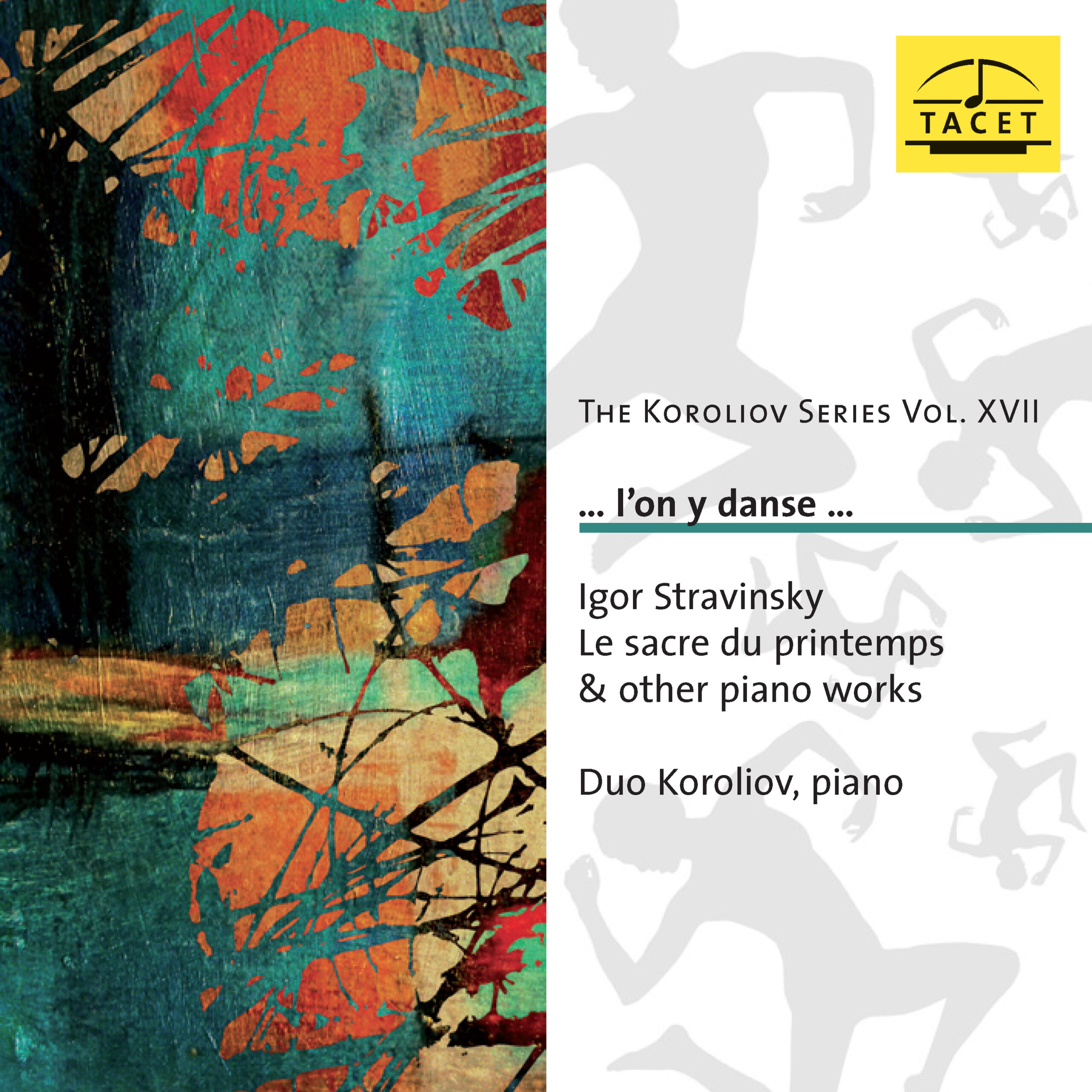
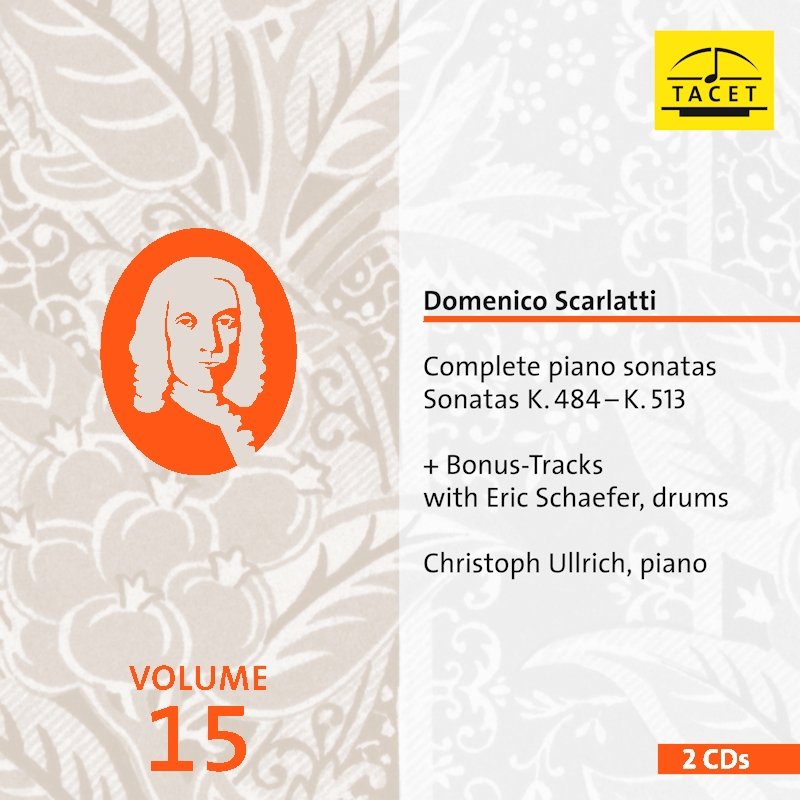
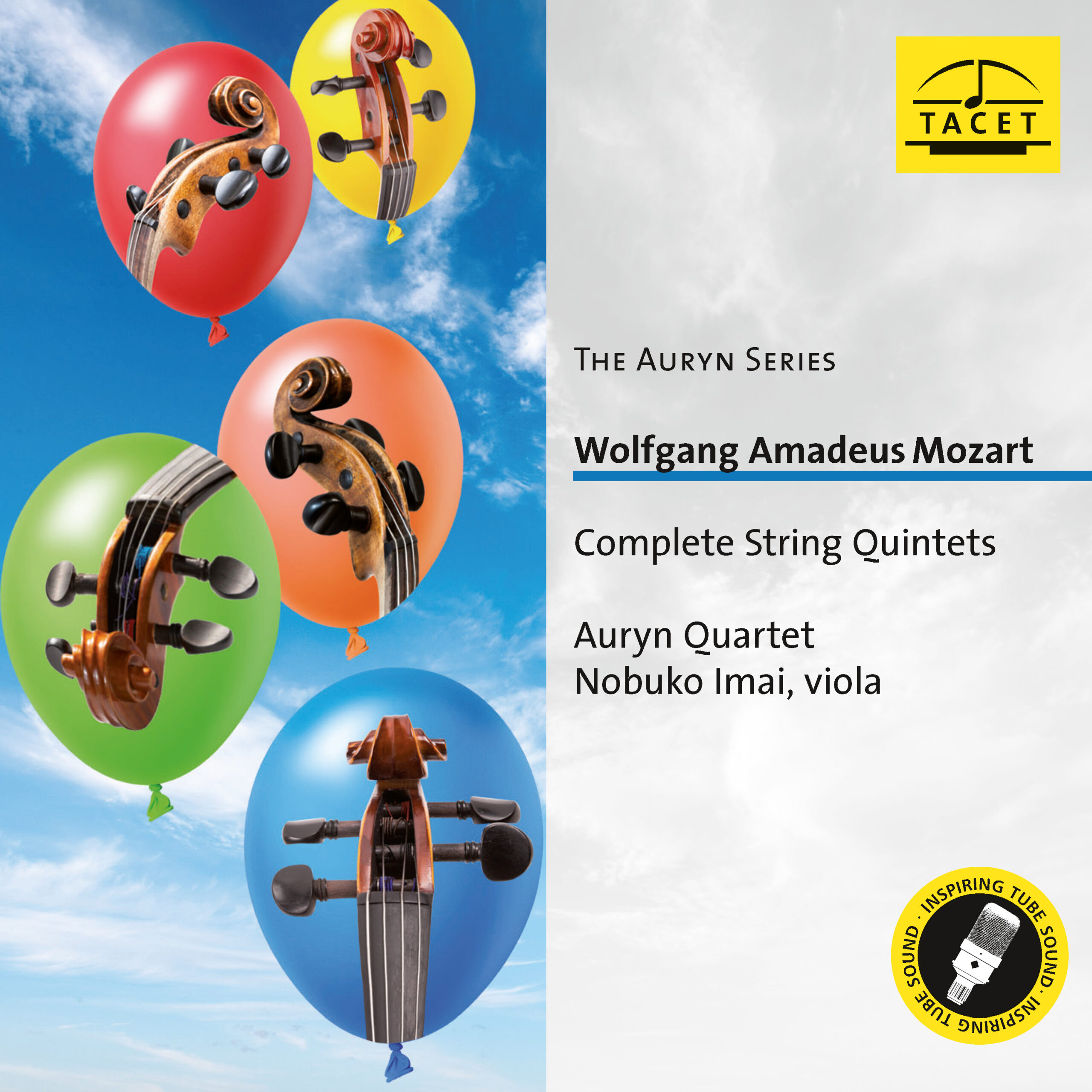
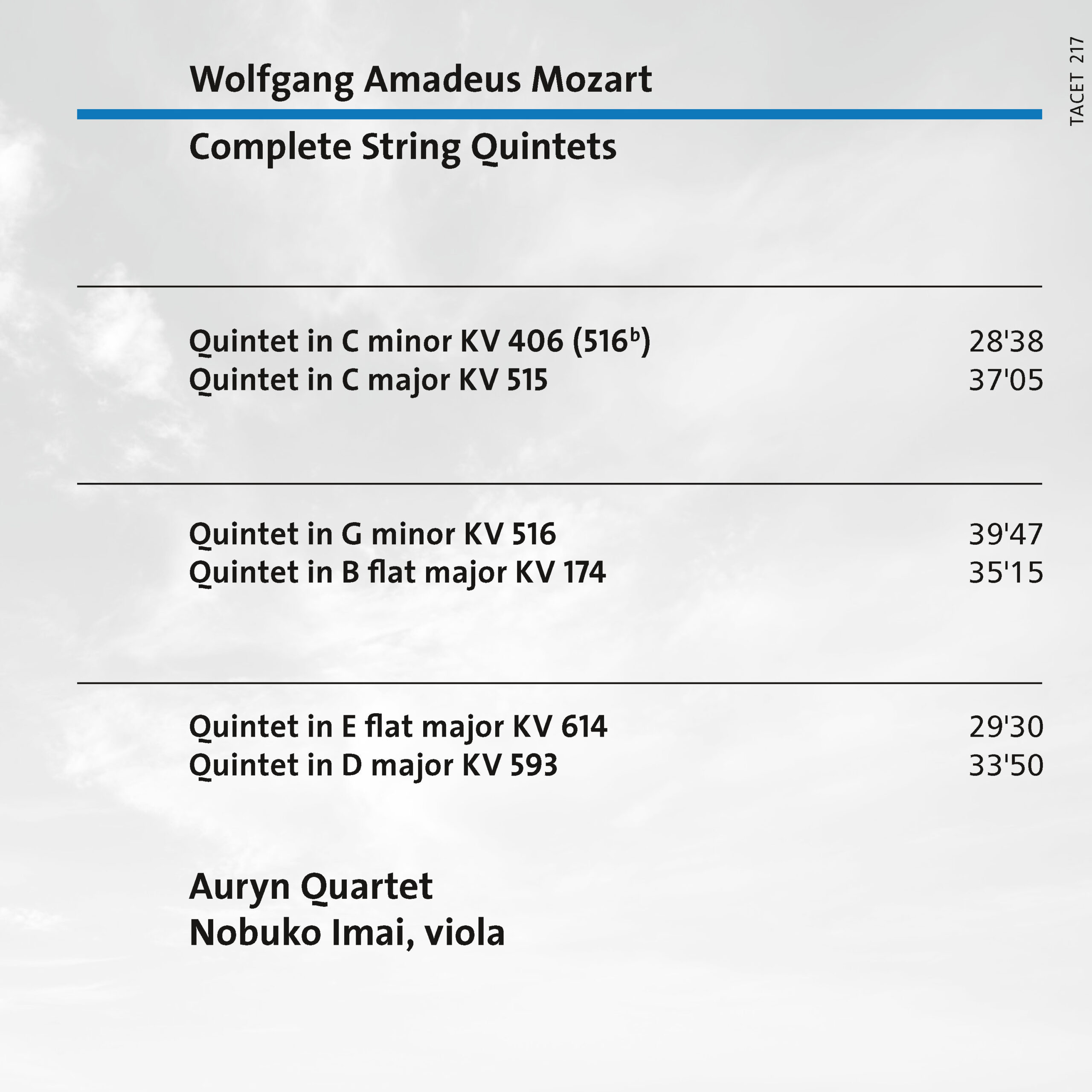



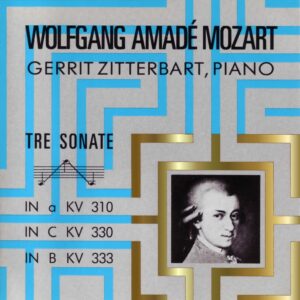
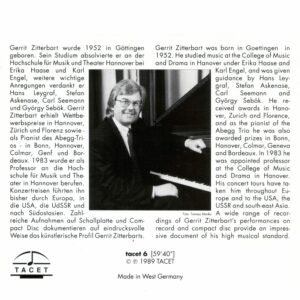
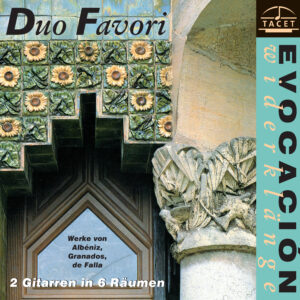
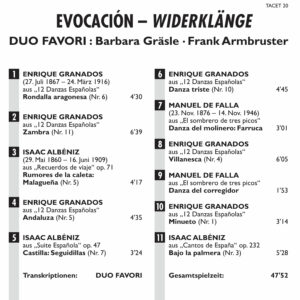
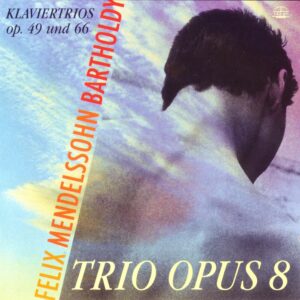
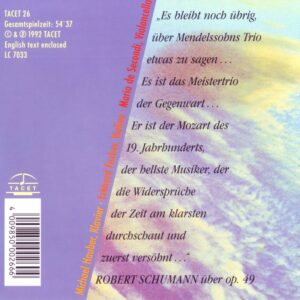
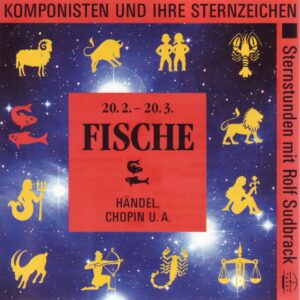
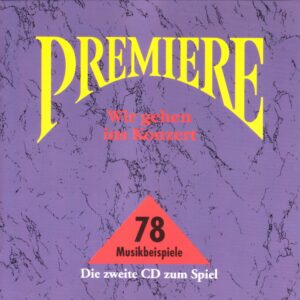
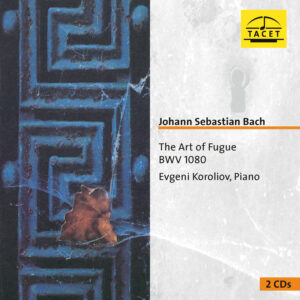
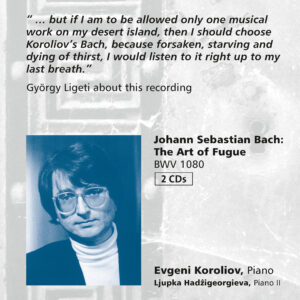
American Record Guide –
The Auryn Quartet has recorded all of the Haydn, Beethoven, Brahms, etc. quartets on TACET and a number of more contemporary works on CPO. For this new release they have added the fine violist Nobuko Imai to the stew.
As one might predict from the large number of recordings already made by all, this turns out to be a highly detailed series of interpretations. Repeats are observed, including the almost never played development and recapitulation ones. These work well here since they are played with conviction and a variety of approach. Of course, the main reason for including them is that Mozart’s music is so full of contrast and lovely melodies that one finds something new every time you play them. Mozart’s own transcription of his Wind Quintet, K406, is an effective addition.
There have been fine recordings of these works by the Juilliard Quartet, Hausmusik, Fine Arts Quartet, and more. The Auryn makes a good case for theirs by playing them with sensitive phrasing and technical perfection and including those repeats. The recorded sound is clear and clean, and these are compositions that should be in everyone’s listening library.
David Moore, American Record Guide
www.klassikinfo.de –
–> zur Originalbesprechung
When speaking of the genre of string quintet, one often initially thinks of the ingenious late work of Franz Schubert, even though it stands as a singular piece in the composer's oeuvre. Wolfgang Amadeus Mozart, on the other hand, experimented with the quintet formation already at the age of seventeen. He composed a total of six works in this genre, always adhering to the traditional lineup with two violas. Mozart's contemporary, Johann Friedrich Reichardt, considered the expansion to a quintet as unnecessary, even harmful, as it would introduce "uncertainty into the piece." However, Mozart's relevant works emphatically refute this notion. In his compositions, the second viola is not a mere filler that could be dispensable; rather, it serves as an additional dialogue partner, sometimes in a secondary role and sometimes in a leading one. The organic nature of this expanded ensemble is particularly evident in a complete recording by the Auryn Quartet. The Japanese violist, Nobuko Imai, seamlessly integrates herself into the ensemble, which has been in existence for 35 years, enhancing the sonic landscape without unduly standing out. The interpretations possess a natural flow, driven by an unforced musicality that eliminates any questions about technical mastery. Such quality is especially striking in the melancholic passages abundant in these quintets. From an audio perspective, the CD box is superb.
Christoph Zimmermann
Fono Forum –
Wolfgang Amadeus Mozart was famously fond of the viola. He knew precisely how to showcase this sometimes overlooked instrument in a favorable light, as evidenced in his string quintets. By introducing a second viola, he imparts a dark, sonorous hue to the works, enriching the quartet sound with a warm bronze color. The distinct character of this chamber music branch is beautifully showcased in the three-CD recording by the TACET label. It's delightful to witness how the Auryn Quartet and their collaborator Nobuko Imai revel in the whispering tones of the Adagio in the G minor Quintet or immerse themselves in the mysterious twilight atmosphere of the inner movements in the C major Quintet.
The five string players illuminate the harmonic richness of the works, with finely differentiated inner voices, revealing to the listener numerous shades and nuances, expertly captured by the excellent recording technology. They strike a good balance between velvety legato enjoyment on one side and rhetorical precision on the other. For instance, the character contrast between the pizzicato upward motion in the cello and the cantabile response of the violin at the beginning of the C major Quintet reflects an engagement with the sharpened articulation known from historical performance practices. The lively enthusiasm with which the virtuosic passages are brought to life is also impressive. Even after 35 years of collaboration, there is no sign of tired routine in the oldest active string quartet.
The few minor drawbacks, such as occasional passages where a viola does not quite phrase as seamlessly with the other voices and the strangely heterogeneous and unclear Unisono beginning of the C minor Quintet, are minimal in comparison to the overall delightful production.
Marcus Stäbler, Fono Forum
Stereo 7/2016 –
(...) Wonderful how the Auryn Quartet and their partner Nobuko Imai savor the murmurs in the Adagio of the G minor Quintet (...)
(...) Impressive is also the lively joy with which the virtuosic passages are brought to a boil. (...)
Marcus Stäbler, Stereo
ARTAMAG‘ –
[automatic translation. French original, see below]
Auryn. Das ist der magische Talisman aus Michael Endres Roman „Die unendliche Geschichte“, eine inspirierende Kraft, die den Helden dazu einlädt, den komplexen Wegen seines Selbst zu folgen. Ein schöner Name für ein Quartett. Die Auryn sind seit 1981 zusammen, vier junge Musiker, die sich am Konservatorium in Köln treffen und von den Amadeus und später den Guarneri geadelt werden, deren tief und leuchtend klingende Musik sofort erkennbar ist.
The lineup has remained unchanged since its inception, though not the instruments: today, Matthias Lingenfelder holds a Stradivarius once played by Joachim, Jens Oppermann plays the Petrus Guarneri that the two violinists of the Amadeus once exchanged, Stewart Eaton handles a splendid Amati viola inherited from the violist of the Koeckert Quartet, and Andreas Arndt bears the heavy responsibility of placing his bow on the large drum signed by Niccolo Amati, formerly played in the Amar Quartet. This cello is a marvel that, with its subtle registers, balances the sonic palette of what has become one of the most beautiful quartets on the planet.
Emerging from a long journey with Haydn—they completed their complete works in 2010—they are finally with Mozart, but not just in a quartet, at least not only. As in the past with the Orlando, Nobuko Imai, an altist-cantatrice, is invited, transforming the Quintets into small operas. Wonders of spirit, nostalgic phrasing, and brilliant sound, so admirably breathed and always with a simplicity of line that is moving: what Quintets, my God! It seems to me that these are the most beautiful, the most fascinating as well, that recordings have offered to date.
It is impossible to detail the grace of this dreamy and profound playing or to explain the tone of obviousness that imposes itself in this grand five-voice concert where everything shines. I assure you that the beauty of Tacety's engineers' recording is a significant factor. And now, the Quartets!
© 2016 ARTAMAG’
Jean-Charles Hoffelé
_________________________________________________________________
Auryn. C’est l’amulette magique du roman de Michael Endre, L’Histoire sans vie, inspiratrice qui invite le héros à suivre les chemins complexes de son être. Joli nom pour un quatuor. Les Auryn sont ensemble depuis 1981, alors quatre jeunes musiciens qui se rencontrent au Conservatoire de Cologne, adoubés par les Amadeuspuis les Guarneri, dont la sonorité profonde et lumineuse se reconnaît immédiatement.
La formation est restée inchangée depuis ses débuts, pas les instruments : aujourd’hui, Matthias Lingenfeldertient un Stradivariusque jadis Joachimjoua, Jens Oppermannle Petrus Guarnerique s’échangeaient les deux violonistes des Amadeus, Stewart Eatonun splendide alto d’Amatihérité de l’altiste du Quatuor Koeckertet Andreas Arndta la lourde responsabilité de poser son archet sur la grande caisse signée par Niccolo Amatijadis jouée dans le Quatuor Amar. Ce violoncelle est une merveille qui, avec ses registres subtils, équilibre la palette sonore de ce qui est devenu l’un des plus beaux quatuors de la planète.
Sortant d’un long voyage chez Haydn—ils ont bouclé leur intégrale en 2010—les voici enfin chez Mozart, mais pas en quatuor, enfin pas seulement. Comme jadis avec les Orlando, Nobuko Imais’invite, altiste-cantatrice, et transforme les Quintettes en petits opéras. Des merveilles d’esprit, de phrasés nostalgiques et brillant de son, si admirablement respirés et toujours d’une simplicité de trait bouleversants : quels Quintettes mon Dieu !, il me semble que ce sont les plus beaux, les plus fascinants aussi, que le disque ait à ce jour proposés.
Impossible de détailler ce qui fait la grâce de ce jeu rêveur et profond, ni d’expliquer le ton d’évidence qui s’impose ici dans ce grand concert à cinq voix où tout rayonne, mais je vous assure que la beauté de la prise de son des ingénieurs de Tacety participe au premier chef. Et maintenant, les Quatuors !
© 2016 ARTAMAG’
Jean-Charles Hoffelé
Pizzicato –
--> original review
Perfectly formed, full of glorious musical ideas: Wolfgang A. Mozart's six string quintets, relatively late works composed between 1787 and 1791, may not be as well-known as the quartets, but each one is a masterpiece, as demonstrated without a doubt by the Auryn Quartet and Nobuko Imai in this Tacet set.
As always with these musicians, the immediately captivating aspect is the confident naturalness of the sound, an entirely relaxed approach to making music that reveals the highest familiarity with the material. The five musicians have nothing to prove; they don't need any contrived gimmicks to stand out. They impress through a refinement that treats the music with the utmost respect yet brings it to full bloom through astounding artistic richness. The individual voices, brought to full transparency by Tacet's fabulous microphone placement, illuminate the quintets down to the tiniest detail and seamlessly come together to form a whole that is warm and coherent in sound, captivating the listener in a directly magical way.
Remy Franck
Klassik heute –
--> original review
Bei der Auseinandersetzung mit dieser hervorragenden Produktion sind mir zwei Aspekte unterschiedlicher Größenordnung besonders deutlich geworden. Zunächst einmal sollte der moderne Textautor, insbesondere wenn er es mit Werken des Standardrepertoires zu tun hat, nicht darauf verzichten, sich die in Frage kommende(n) Aufnahme(n) vor dem Verfassen seines Essays anzuhören. Früher musste man sich oft notgedrungen nur aus mehr oder weniger klugen Elaboraten behelfen, um die vorgegebene Zeilen- und Seitenzahl mit einigermaßen lesbaren Darlegungen zu füllen.
This would be all the more important in cases like the present one, which, to me — and thus I come to the second, significantly more important point — serves as an exemplary demonstration of a recording that succeeds in every aspect, illustrating what the true and ultimate goal of reproduction should be: irrespective of the means employed, whether they are historical, historically informed, or modern, the aim is not merely to (re)produce beautiful, pure sounds from the signs that were once inscribed and fixed by a creative spirit as an expression of itself. Rather, with impeccable technique and acoustics, the goal is to extract not only beautiful, pure sounds but above all the essence of the one who created it from the paper in such a way that the creator comes back into lively contact with us — whether it has been a few years or decades since their "departure," or even if centuries have passed.
The Auryn Quartet, reinforced by violist Nobuko Imai, has accomplished such a feat with the string quintets of Wolfgang Amadeus Mozart. And not in spite of — but precisely because the ensemble has eschewed those modern excesses that elevate the author's psych-emotional amplitudes to the level of today's neurasthenic, attempting to make them tangible for the present. In vain will we search for the readily anemic gut-string quality, artificially applied through extreme tempos and bowing techniques as if putting on rouge. The naturalness of movements, breathing, phrasing; the ease of transitions, and, despite occasional virtuosity, a playing style that never seeks dazzling surfaces — these seem to me to be some of the essential elements for the near-perfect success of this undertaking. The occasional proximity to Ludwig van Beethoven or Franz Schubert doesn't lead to dramatic exaggeration or nostalgic "tear floods"; authentic despair doesn't devolve into effective "suffocation." Acrobatics and provocations are never silly or so offensive that precious porcelain would be shattered in the process.
Because nothing stands in the way, the incomprehensible essence can speak to us. This is the madman who insisted on going to Frankfurt for the coronation, engaged in the utterly exhausting adventure of Titus; who behind the facade often didn't know how things should go on; the fragile character and drastic joker full of doubts and shattered hopes, grandiose plans, and hard landings — but who never begs for pity. These commonalities, palpable since the C minor quintet at the latest, have not harmed the individual manifestations in the current case. The five musicians can even afford to consider all repeats (including those of the second movements) and thus realize the works in their considerable dimensions, without the slightest familiarity or fatigue creeping in — except perhaps the first movement of KV 174, which shoots up a bit, as one might have observed in seventeen-year-olds and as is inherent in the nature of the matter. That nothing was changed about it enhances the overall impression and the scope of a production where I like everything on the musical-technical side.
Rasmus van Rijn
Image Hifi –
(...) The cliché in music criticism is that older and established performers have nothing left to prove. But there must be something to it. The Auryn Quartet has been around for 35 years now, and one can hardly be accused of overstepping to note that Nobuko Imai, the internationally performing violist, has been in the business even longer.
Gemeinsam haben sie die Streichquintette von Wolfgang Amadeus Mozart aufgenommen (…). Herrliche Musik, die in den Mittelstimmen voller als die Streichquartette klingt, eben weil Mozart eine zweite Bratsche (statt eines zweiten Cellos) hinzu nimmt. Die Streichquintette sind ungewöhnlich weiträumig angelegt, mindestens KV 515 und KV 516 dauern länger als die „Jupiter-Sinfonie“.
Mozart achieves dreamlike effects with the quintet configuration – for example, in the Andante of KV 515, where a duet emerges between the first violin and the first viola, almost accompanied by the other three instruments like in a concerto. It speaks volumes that, as an outsider, you don't perceive whether Stuart Eaton from the quartet or Nobuko Imai is playing the first viola here. We witness an ensemble of perfect homogeneity. Not one that constantly fidgets on the edge of the chair acoustically, but one where you can imagine that they sometimes lean back to exchange a smile, delighted by what they get to experience together with Mozart's perhaps most beautiful chamber music. When it's time to tighten the reins and go all out, as in the rugged Menuet of KV 516, the gathered experience here already knows exactly how to handle it.
Equally delightful: the excellent sound engineering by TACET. Highly recommended!
Heinz Gelking, Image Hifi
Concerti –
--> original review
Close-knit ingenuity.
Magnificent, touching: The Mozart string quintets with the Auryn Quartet and Nobuko Imai captivate from start to finish.
For 35 years now, the Auryn Quartet has been playing in the premier league. They have preserved youthful curiosity and freshness to the best. This is evidenced by their latest achievement, recording all of Mozart's string quintets with the renowned violist Nobuko Imai as a guest. The result is bubbling with imaginative creativity. Like a tightly-knit opera ensemble, the individual voices emerge with clarity and simultaneously ignite a collective passion. The shaping is sophisticated, with the highest precision, decisively and almost magically atmospheric in the overall sound. Each of the six works has its own twist. Dynamics, tonal colors, and moods are negotiated with excitement. New, surprising nuances continually astonish. This endlessly captivating Mozart is profoundly moving, and the recording is addictive.
Eckhard Weber
Audiophile Impression –
Auryn Quartet is an old acquaintance from the German label TACET. This time they have teamed up with the prolific violinist Nobuko Imai to make a box with complete recordings of Mozart's string quartets.
Auryn Quartet is an old acquaintance from the German label TACET. This time they have teamed up with the prolific violinist Nobuko Imai to make a box with complete recordings of Mozart's string quartets.
This time, it is Mozart`s String Quintets thay have recorded, and they have allied themselves with violinist Nuboki Imai, who has a discography of over 40 recordings at the record label BIS, Chandos and Deutsche Grammophon. Mozart composed his first String Quintet at the age of 17, in 1773. The remaining five quintet was composed towards the end of his short life, during the period from 1787 to 1791. He died just eight months after the last quintet was completed.
Impression
I know Auryn Quartet as a vibrant and dynamic interpreter, and this great 3 CDs box is not an exception. At the same time interpretations are full of warmth.
Der Klang ist wie immer von TACET auf sehr hohem Qualitätsniveau. In dieser Box befinden sich normale CDs und nicht Blu-rays mit Mehrkanalaufnahmen, wie sie TACET auch häufig produziert. Aber auf der CD finden wir eine weitere interessante Notiz, die besagt „Inspiring Tube Sound“. Dies bedeutet, dass alte Röhrenmikrofone verwendet werden, hergestellt zwischen 1940 und 1960.
The sound is very good, with great dynamism and good perspective. The sound is perhaps a tad warmer than I am used to from TACET`s Auryn recordings. Whether this has a background in the aforementioned microphones should be unsaid.
All in all a very inerresting and great collection of Mozart's Complete String Quintets.
Erik Sylthe
Erik Sylthe, Audiophile Impression